English Heritage sites near Keelby Parish
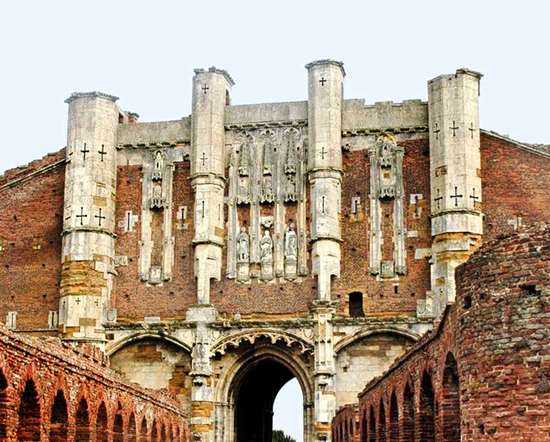
THORNTON ABBEY AND GATEHOUSE
6 miles from Keelby Parish
Thornton Abbey’s enormous and ornate fortified gatehouse is the largest and amongst the finest of all English Monastic gatehouses.
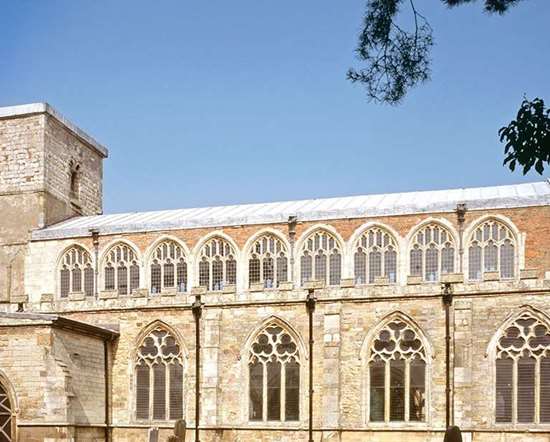
ST PETER'S CHURCH, BARTON-UPON-HUMBER
11 miles from Keelby Parish
Located in North Lincolnshire, St Peter's Church is an archaeological and architectural treasure trove waiting for you to discover. It is home to over 2800 burials from Anglo-Saxon to Victorian times.
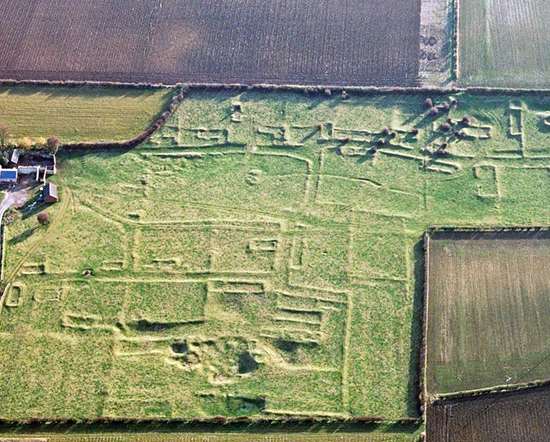
GAINSTHORPE MEDIEVAL VILLAGE
14 miles from Keelby Parish
A deserted medieval village, one of the best-preserved examples in England, clearly visible as a complex of grassy humps and bumps.
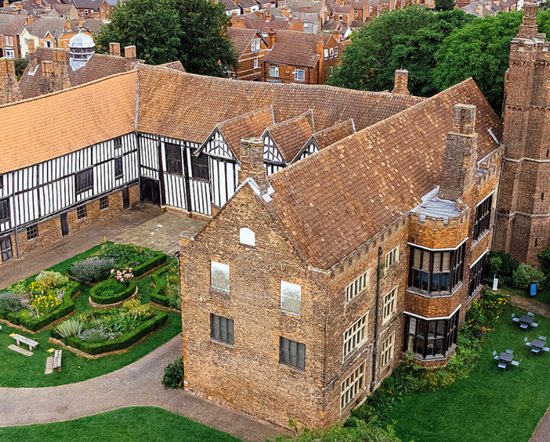
GAINSBOROUGH OLD HALL
25 miles from Keelby Parish
A little-known gem, Gainsborough Old Hall is among the best-preserved medieval manor houses in England. Partly brick and timber-framed, and mainly later 15th century with Elizabethan additions.
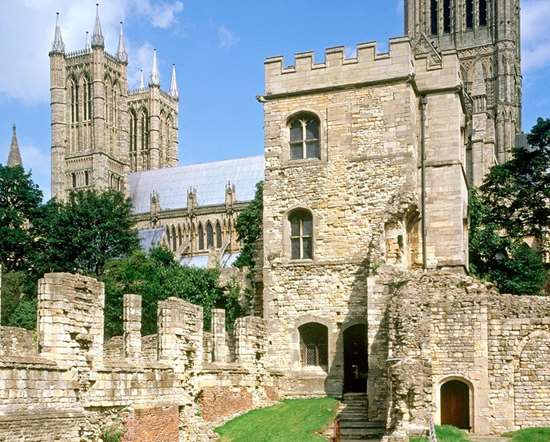
LINCOLN MEDIEVAL BISHOPS' PALACE
26 miles from Keelby Parish
Standing almost in the shadow of Lincoln cathedral, with sweeping views over the ancient city and the countryside beyond.
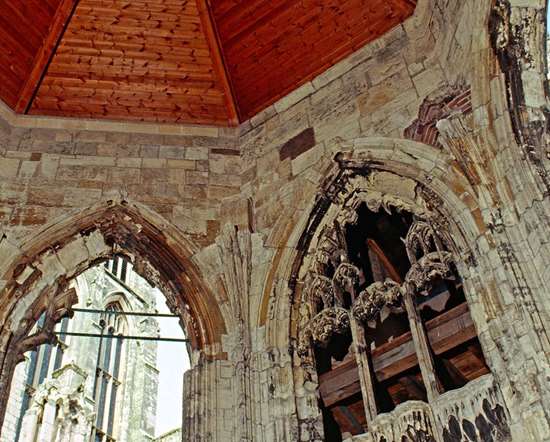
HOWDEN MINSTER
28 miles from Keelby Parish
The elaborately decorated ruins of a 14th-century chancel and chapter house (viewable only from the outside), attached to the still operational cathedral-like minster church.
Churches in Keelby Parish
St Bartholomew's, Keelby
Church Lane
Keelby
Lincolnshire
07510 710751
http://woldsgateway.org
The village of Keelby has been a settlement since Roman times, and was known as Chelebi, which means ‘Ridge Village'. (Name given by the Danes).
The original part of the church dates around 1160. The medieval church had a South aisle slightly wider than the present one but either fell or was pulled down and the arcade walled up in 1692. (This date is marked on a stone adjacent to the South door). This hid the late twelfth century pillars within what is now the South wall.
The East window, a three light Y tracery window, is from the thirteenth century. The other windows belong to the first half of the 14th century. The font, ceiling of the lower tower chamber and the North door also date from the fourteenth century.
In 1830 a lower pitched roof was erected over the Nave. Later, due to an over-zealous churchwarden, the door of the porch on the North side was blocked up and a pair of second-hand oak doors inserted under the large perpendicular window in the tower to act as a new entrance. This, together with the lowered roof line, weakened the tower. It was reported that the ringing of the three bells (dated 1604, 1628 and 1688) caused the walls of the tower to vibrate. (The bells are tuned: small Db; middle C and the largest B). At the West end of the Nave, at first floor level against the tower there was a wooden gallery.
In 1887 a new organ was provided by a single benefactor and was installed by Cousins of Lincoln.
In 1896 new choir stalls were added, the alter rail renewed and the pulpit lowered.
Because of concerns regarding the safety of the tower a structural survey was carried out in 1898 and recommendations made to rectify the defects found. At some time between 1901 and 1905 the church was closed for renovation.
In 1905 the tower was restored - the upper tower was removed and rebuilt, the bells rehung on the old oak frame which was no longer attached to the exterior tower walls. The West doorway was in-filled and the North porch opened up. The font was moved to its current position at the West end of the Nave and a new floor was laid in the Nave. It is possible that the wooden gallery was removed at this time.
In 1909 a new South aisle was built and the North wall of the Nave lowered to its original height. The Nave roof was restored to its original 1830 height and pitch thereby supporting the restored tower. The new South aisle was extended East to form a new organ chamber which includes the vicar's vestry and a new arch from the chancel was created. Extra seating was also installed. The cost for this work was covered by a bequest from Miss Dawson of £1000.
Changes to the Chancel included building up the walls to their original height, re-roofing and re-flooring. The cost of the work was paid for by the Earl of Yarborough as Impropriator.*
The church was reopened in 1910 along with the new Church Institute across the road in Kings Street (now the Village Hall).
The four carved heads on the exterior of the South aisle wall (now in the church hall) are representations of three Lincoln Bishops: Wordsworth (1868-1885); King (1885-1910) and Hicks (1910-1919). The fourth was thought to be of Archbishop Benson of Canterbury but a visit in 1984 by Canon Browne's son confirmed that it was indeed of his father.
(*describes ecclesiastical property that is under lay control)Information: Keelby WEA publication ‘Keelby - Parish and People'
Pubs in Keelby Parish
King's Head

18 Victoria Road, Keelby, DN41 8EH
(01469) 569554
thekingsheadkeelby.co.uk/
Nag's Head
 Small, two-roomed local situated near the village green in a building that dates back to the 18th century. The busy bar offers regular and guest beers sourced regionally as well as a real cider. Tuesday is quiz night and friendly bingo is h...
Small, two-roomed local situated near the village green in a building that dates back to the 18th century. The busy bar offers regular and guest beers sourced regionally as well as a real cider. Tuesday is quiz night and friendly bingo is h...
